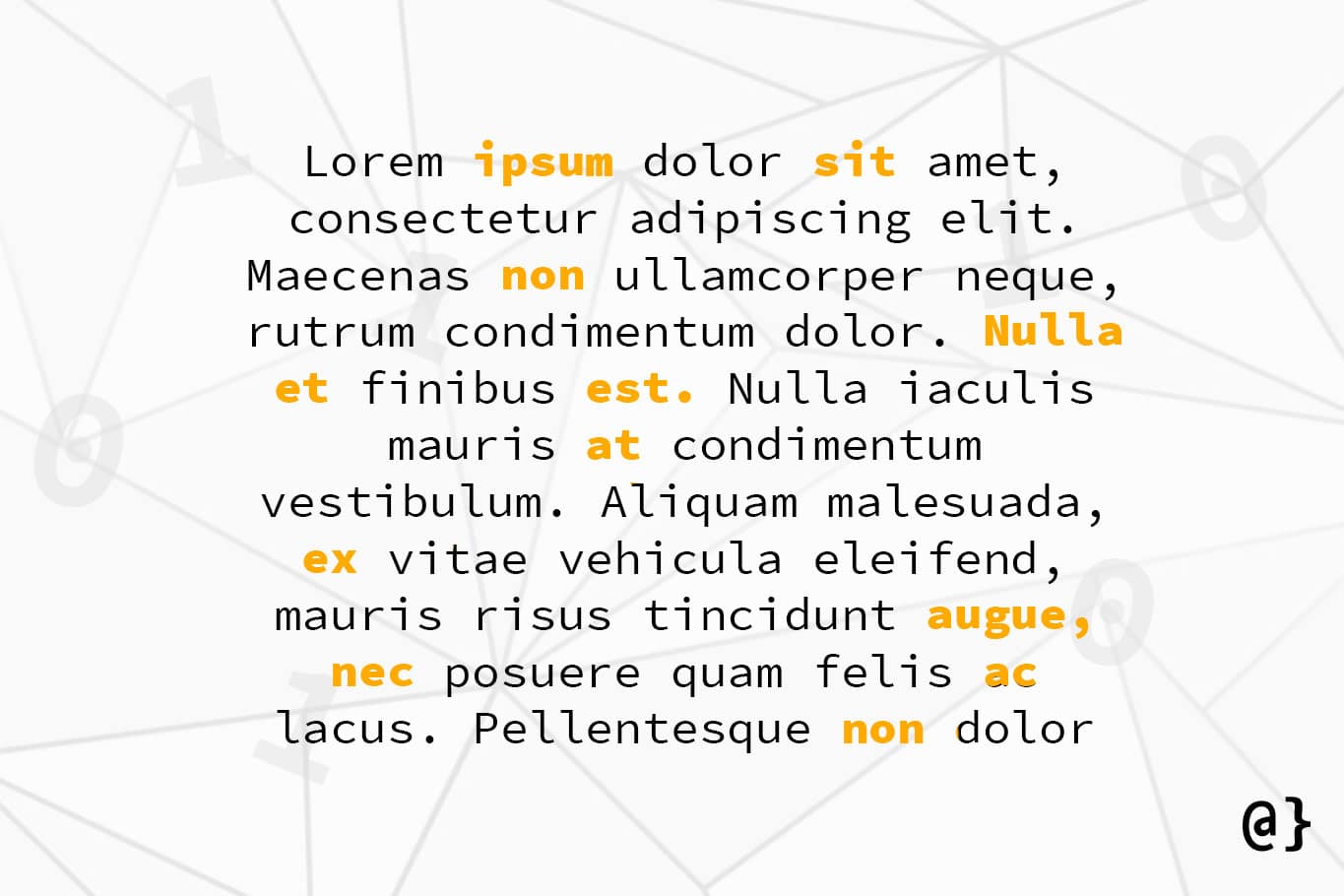Stopword removal is a common step in the preparation of text for natural language processing (NLP) tasks such as search query analysis, keyword extraction, automated summarization, and text classification. Put simply, a stopword is a word that is extremely common in a given language, and is unlikely to contain any useful information. By removing words such as “the”, “an”, and “and” from the text, this process helps reduce the size of the data set and in turn speed up natural language processing systems.
In order to identify which words to remove, a stopwords list is usually consulted. This is a list of words that are considered to be “unimportant” or “irrelevant” to the task at hand. A pre-made stopwords list, such as one from the NLTK (Natural Language Toolkit) corpus library, can be accessed. Additionally, custom stopwords lists can be designed so that they contain words that are particularly relevant to the project.
Once the stopwords list is confirmed, the process of stopword removal is performed by searching through the text and deleting any words found on it. It is also possible to perform stopword removal with the help of functions offered by some popular programming languages such as Python.
Stopword removal is widely used in the fields of computers, programming, and cybersecurity. For example, when creating a search engine or algorithm, the words used in a query can cause significant slowdowns, leading to increased search times. By removing stopwords from search queries and reducing the number of times that words must be processed, the search time can be greatly reduced. Similarly, stopword removal is considered when extracting keywords from text or performing automated summarization tasks so that the data set does not contain unnecessary and irrelevant words.






